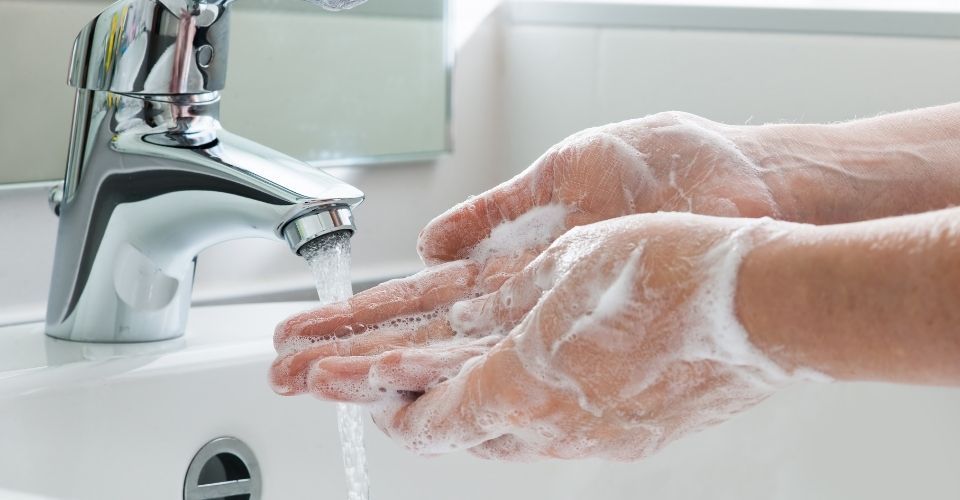
In any food business, it is essential that hands are washed thoroughly and regularly to minimise the risk of foodborne pathogens. The Covid-19 pandemic brought handwashing and hygiene to the fore, but for professionals in the food industry, proper handwashing facilities have always been essential. Washing hands thoroughly physically removes food waste, harmful bacteria, viruses, grease, dirt, and more.
Washing hands is also a legal requirement for those who handle food, and the Food Standards Code requires food businesses to have handwashing sinks close to where food is handled. There must also be separate handwashing facilities in every area where exposed food is prepared or touched. This means that in premises with multiple food handling areas, such as supermarkets, there need to be appropriate sinks for each section. Additionally, if there are toilets on the premises, there needs to be a hand basin adjacent.
Hygiene is crucial, and food businesses need to be aware of the legal requirements. But what else is required when buying a hand basin specifically for a commercial kitchen?
Buying the smallest sink and installing it in the corner is not acceptable. Basins need to be close to food handlers, and they shouldn’t have to walk out of the food handling area, or hygiene levels may slip. The ideal position is within five metres of food prep areas and close to entrances or exits to promote cleanliness.
The hand basin’s size and shape will be partly affected by location, but it must be large enough to allow and encourage effective, thorough hand washing. The minimum size recommendation is 500mm x 400mm x 150mm, approximately 15 litres. In addition, you must have potable warm water, typically around 20 °C to 40 °C through a common outlet. For material, the best and most commonly used is stainless steel.
Your hand basin needs to be free from obstruction by kitchen equipment. It must also be at bench height and permanently fixed to the wall, a supporting frame, or set in a benchtop. In addition, the basin must be fitted with backsplashes and side-splashes as needed to avoid contaminating nearby areas. You should also keep in mind that there must be room for a soap dispenser and an air dryer or single-use paper towels, with a covered waste bin for disposal.
Another consideration is making it clear that the sink can only be used for hand, arm and face washing and no other purpose. It is recommended to add some signage to this effect and adding that no food or utensils should be washed there.
Most food businesses are not specifically required to install non-hand operated taps, but there are exceptions for premises such as abattoirs and butchers. It is a good idea to check with your local food authority.
When buying and installing a kitchen sink for commercial premises, there are a few primary factors to think about. First, the location needs to be unimpeded but convenient for food handlers, with room for soap and paper towels. Second, it also needs to be a permanent fixture, with warm potable water and large enough to clean hands effectively.
As always, it is highly recommended to check with an official authority for any legal requirements.
As a food business owner, you understand the impor...
View MoreFoodborne illness is a significant concern for Aus...
View MoreThe food industry is no stranger to the threat of ...
View MoreAs a food business owner, it's crucial to ensu...
View More_1.png)